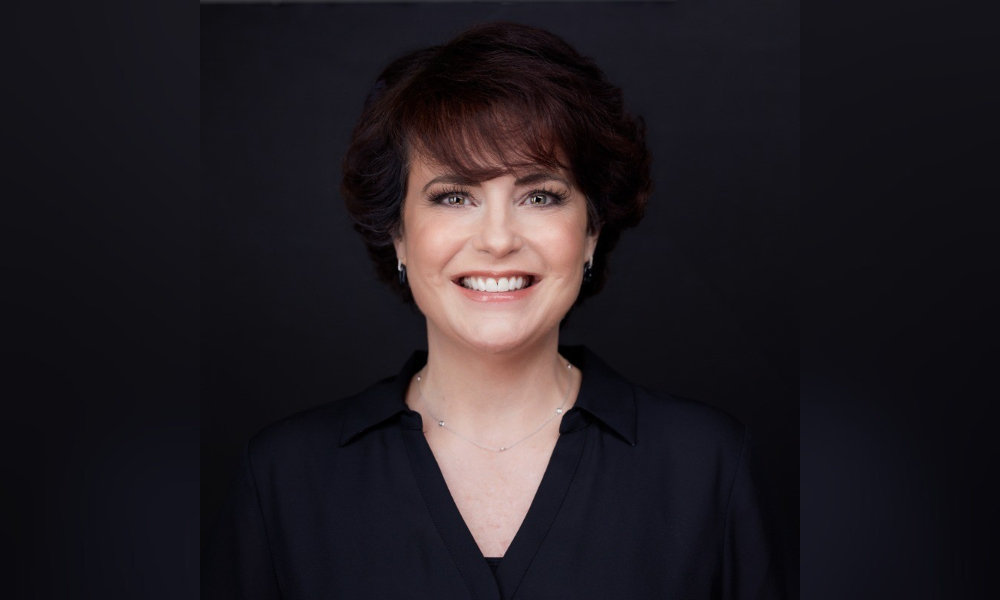How a holistic approach to company culture can create a thriving workplace and make employees want to stay

People-centric solutions are what will make businesses successful because employees want to feel seen and valued, says the ‘2024 Global Culture Report’ by O.C. Tanner, a workplace software company. The report shows that organizations, especially those with large populations of frontline employees, need to work closely with their teams to create thriving workplace cultures – where all want to come, do their best work, and stay – in the face of ongoing change.
Unfortunately, businesses will likely face many challenges when it comes to creating a positive, people-centric culture during these challenging times, with only 27 percent of leaders prepared to help their people navigate change. Companies need leaders that are dedicated to creating the best environment for employees to be successful. The report shows that employees who perceive their leaders have the tools to help them manage change are:
- five times more likely to feel a sense of community,
- six times more likely to thrive at work,
- 10 times more likely to feel a strong sense of trust, and
- 76 percent less likely to experience burnout.
Interestingly, the report says when leaders have the tools to help employees manage change, their own risk of burnout decreases by 73 percent. As well, when employees believe their leaders are empathetic, they picture themselves staying 2.5 years longer at their organization.
Employees need a voice
It is also important for employees to have a voice in organizational changes. When employees are part of the solution, there are greater odds of:
- belief the organization is people-centric (eight times as likely),
- feelings of trust (eight times as likely),
- sense of community (five times as likely), and
- thriving at work (three times as likely).
Roughly 80 percent of the world’s workforce is made up of frontline workers. When looking at the widening gap between the employee experience of this ‘80 percent’ and their corporate counterparts:
- Only 45 percent say their organization supports them in learning new skills at work (compared to 69 percent of corporate workers).
- Half (50 percent) of ‘the 80 percent’ feel expendable at work; only 30 percent feel seen and valued.
- Nearly two of every five of frontline workers say they are viewed as inferior by employees in the office. Almost as many (35 percent) report senior leaders minimize or dismiss their ideas, and 39 percent say their work is not valued as highly as office work.
Creating equitable flexibility
According to the report, there are five contributing factors to creating equitable flexibility – leadership support, organizational support, employee empowerment, work choice, and time management.
While people universally want flexibility for themselves, 68 percent feel it should also be available to every employee regardless of role. However, only about half (57 percent) say their culture supports flexibility in every job.
Eighty-three percent of workers say it's important for organizations to offer skill-building opportunities and the top reasons for wanting them are to improve performance in a current job (54 percent) and to achieve personal growth (53 percent). Organizations that don't provide any skill building have 76 percent lower odds of having a thriving workplace culture and 72 percent lower odds of having employees say they still want to work there in a year.
The report says companies and leaders need to be “nimbly resilient,” which is attainable through three principles – adaptability, proactivity, and perseverance. Unfortunately, only 30 percent of employees believe their organization is nimbly resilient. Yet, employees who believe their leaders are nimbly resilient are nine more likely to think they are also nimbly resilient, which leads to higher likelihoods of engagement (+582 percent), feeling a strong sense of fulfillment in their work (+233 percent), and experiencing less burnout (–79 percent).
An holistic approach
“The employee experience is made up of more than the employee’s time at work; it includes their families, activities, and their entire home life. Employers should approach benefits more holistically in that way,” says Dana Rogers, vice-president of People and Great Work at O.C. Tanner. “In 2019, we found that when employers focus on a holistic version of wellbeing, including physical, social, and emotional health, companies have 278 percent increased odds of scoring above the global wellbeing benchmark and employees are 52 percent more likely to feel less stress than average. The same could be said for financial wellbeing. Providing access to a retirement account and enabling employees to use it through awareness, resources, and education, is again taking a holistic approach to an employee's experience.”
As an example, Rogers says her employer, O.C. Tanner, has deeply ingrained this concept into its culture. “It’s a guiding light in how we treat every employee,” she says. “When we built our on-site health centre, we are determined to make it accessible with little or no cost to all employees and their families. We’ve also provided employees with a bank of hours each year to visit the health centre. Likewise, when providing retirement benefits, our goal is to make it possible for every employee to retire comfortably. In addition to a generous employer match and profit sharing, we believe education is key, and so we have provided the opportunity for our people to have one-on-one retirement planning sessions at no cost to the employee.
“So, as employers offer benefits, I would encourage them to look at benefits through the lens of, ‘Do employees have access to these benefits? And how are we enabling our employees to use these benefits?’”
For more information, visit O.C. Tanner’s website.



